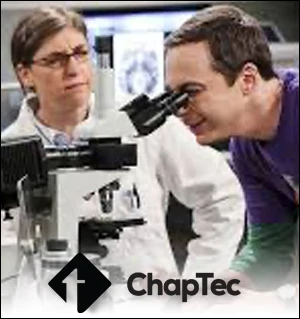ESSENTIAL ACCESSORY REAGENTS!
In histological staining, we are obviously concerned with the quality of the hematoxylin and the counterstain, whether we use eosin or the phloxin/safran compound.
However, staining will not be successful if you don't use quality ancillary reagents! When using regressive hematoxylin, it must be differentiated correctly. A weakly acidic aqueous solution of acetic or hydrochloric acid is usually used. The use of an acidified alcoholic solution, which provides a gentler, more gradual and therefore more controllable differentiation, is also frequently employed. Such solutions are available from reagent suppliers in various concentrations. As the differentiation step is critical to obtaining good nuclear staining, and has been carefully checked at the onset, we don't want an error in dilution to jeopardize it!
There are commercially available ready-to-use or concentrated differentiation solutions that will give you the assurance of reproducibility in your color hues obtained without ruining your budget.
The next step in the staining process is to expose the stained tissue to a slightly alkaline reagent, which will "blue" the sections, turning nucleuses from red to blue. For a long time, naturally alkaline tap water was used for this step, but the changing pH of tap water as the seasons change - for example, as the snow melts in spring - and the advent of several commercial bluing reagents have made this method rather obsolete. Scott's water solutions or buffer formulas meet this need perfectly, while providing reproducibility difficult to achieve by making your own homemade reagents.
In conclusion, if you or your pathologists are not satisfied with your stains, consider taking a look at accessory reagents!
Link(s)
| 470, avenue Laurendeau, Montréal-Est (Quebec) H1B 5M2 | |||
| Phone: | 514 498-3620 | Toll free: | 833 498-3620 |
| Email: | chaptec@chaptec.com | ||


